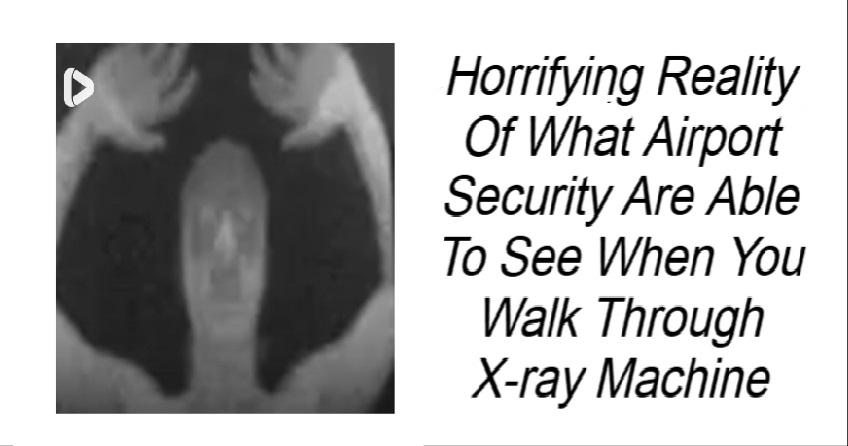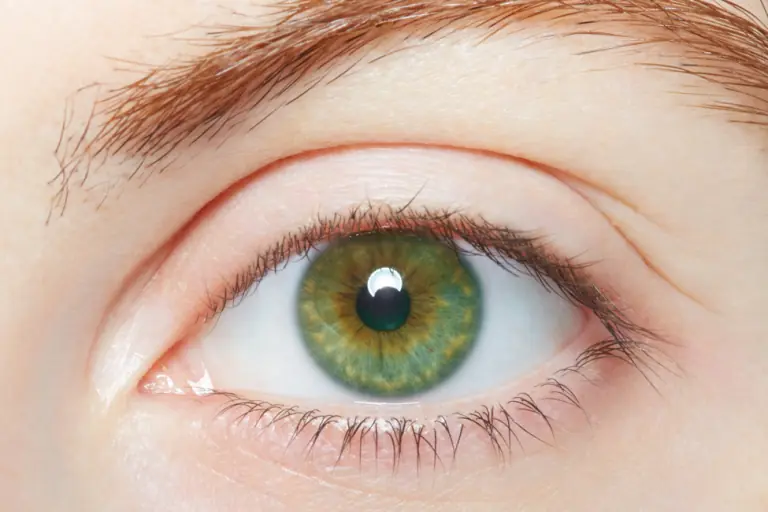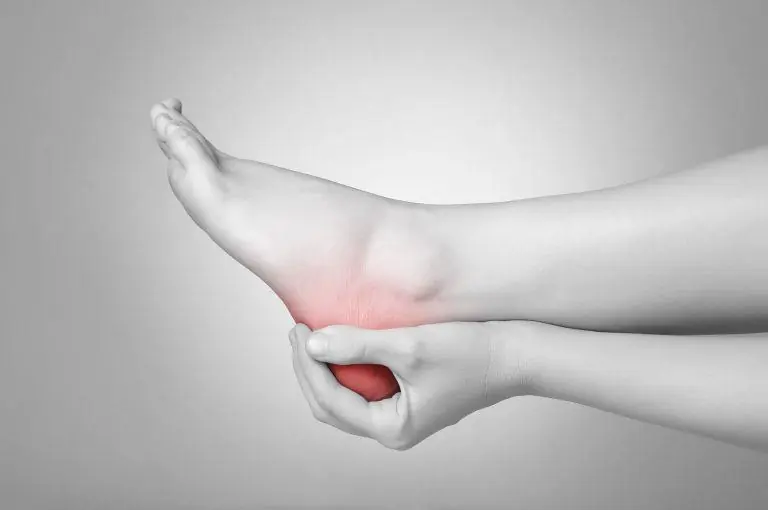
Horrifying Reality Of What Airport Security Are Able To See

A recent viral post on X (formerly known as Twitter) has reignited a long-standing wave of concern and disbelief over the extent of detail that airport security X-ray scanners used to capture. The image shared in the post reminded many travelers just how intrusive these scanners once were—bringing back discomfort that some had long buried or forgotten.
For most frequent flyers, the airport security routine has become second nature: You empty your pockets, remove your belt, shoes, jewelry, and place your electronics in separate trays. Then, you step into a scanning booth with your arms raised as the machine performs a rapid 360-degree scan. Despite the familiarity of the process, many still find the experience unsettling. The cold, mechanical hum of the scanner and the sterile environment of airport security can evoke feelings that border on dystopian.
What’s more alarming, however, is what those machines used to see—and what passengers didn’t know they were revealing.
While most of us assume that these scanners simply detect metallic or suspicious non-biological objects, and that our bodies appear as little more than vague outlines, that wasn’t always the case. A post by user @greendaylover44 shocked social media when they resurfaced an image purportedly showing a high-resolution scan from an older TSA machine. The scan revealed a fully nude image of a human body, clearly showing anatomical details most people would expect to remain private—even in a security context.
X / @greendaylover44
In 2020, @greendaylover44 shared what appeared to be an unfiltered image from a Rapiscan machine, once used in U.S. and U.K. airports. The post quickly went viral, sparking outrage and disbelief among users.
The image acted as a wake-up call for many, especially those who had assumed that these scans were anonymized or heavily pixelated to respect personal privacy. In reality, some earlier machines were capable of capturing disturbingly detailed body images—raising major questions about consent, privacy, and the balance between security and personal dignity.
To be clear, these images come from a now-discontinued generation of scanners developed by a company called Rapiscan. These full-body scanners were introduced after heightened security concerns post-9/11, with the intent of detecting non-metallic weapons and explosives that traditional metal detectors could miss. While the goal was safety, the execution left many feeling violated once the capabilities of the machines became widely known.
The public backlash against these hyper-detailed scans was both swift and intense. Civil liberties organizations, privacy advocates, and concerned travelers pushed back, arguing that no one should be subjected to what effectively amounted to a digital strip search in order to board a plane.
In response to the mounting criticism, the Transportation Security Administration (TSA) took action. By 2013, the TSA ended its contract with Rapiscan, removing these invasive machines from U.S. airports. They were replaced with newer models that use a technology called Automated Target Recognition (ATR), which displays generic, cartoon-like body images with highlighted areas when potential threats are detected. These updated systems maintain security without compromising passengers’ bodily privacy.
Airports in the U.K. and other countries also followed suit, implementing more privacy-conscious scanning technologies in response to public outcry and legal pressures.
While privacy concerns surrounding airport security haven’t disappeared entirely—and likely never will—the situation today is far less intrusive than it once was. For modern travelers, this means you can step into a scanner without worrying that an airport worker is seeing your body in intimate detail.
Still, the resurfaced post serves as a sobering reminder: technology can advance faster than public awareness, and transparency around how it's used—especially in sensitive spaces like airports—is crucial. The next time you pass through airport security, you might find yourself thinking twice about what’s on the other side of that scanner.
News in the same category


The Most Effective Natural Way to Remove Gallstones

4 hidden signs of iodine deficiency in your skin, hair & nails

Here's why you should never sleep with the bedroom door open. FIND OUT MORE IN THE COMMENTS ⬇️

The Purple Maguey Plant — Benefits and Traditional Uses

How to Naturally Kill The Bacteria That Causes Bloating And Heartburn

The Health Benefits of Fasting: How It Regenerates Stem Cells, Fights Cancer & Protects Your Heart

Bananas: The Common Fruit That Could Drastically Improve Your Health

Why People with Green Eyes Are So Fascinating

Eat Red Onions Daily and Watch This Happen

What’s the Line Between Normal and Abnormal Nighttime Urination?

Effective Exercises to Relieve Heel Pain

The #1 FASTEST way to reverse fatty liver naturally

10 Unusual Signs Your Blood Sugar Is Constantly Too High

Garlic, Onion & Olive Oil: The Ancient Trio That May Naturally Soothe Varicose Veins
Garlic, onion, and olive oil are humble ingredients with extraordinary benefits for circulation and vein health.

12 Powerful Herbal Teas to Naturally Lower Uric Acid and Ease Gout Pain
These teas work best alongside healthy lifestyle choices—balanced nutrition, hydration, and regular activity.

The surprising benefits of drinking apple cider vinegar before bed

Say Goodbye to Leg Cramps: 8 Vitamins Every Senior Needs for Stronger Legs

4 Things Your Feet Could Be Telling You About Your Liver Health
News Post

Forget 10,000 steps: Scientists prove 7000 steps gives you ‘almost identical’ life-saving benefits

The Most Effective Natural Way to Remove Gallstones

4 hidden signs of iodine deficiency in your skin, hair & nails

Objects People Were Confused About Their Purpose

Little Pocket in Women’s Underwear

What are the benefits of aloe vera? Here are 11 uses of aloe vera for health and skin

Just by looking at the spot on the crab's shell, 100% of the meat is packed to the brim, with my husband and children praising it non-stop.

These familiar fruits help improve sleep, especially number 1, which is both affordable and delicious.

Goosegrass: Health Benefits and Uses

7 Benefits of Chewing Raw Garlic on an Empty Stomach

Here's why you should never sleep with the bedroom door open. FIND OUT MORE IN THE COMMENTS ⬇️

Don’t Wash Your Wooden Cutting Board with Soap When It’s Moldy: Try This Simple Method to Make It Spotless in Just 5 Minutes

Mixing Essential Balm with Toothpaste: A Handy Tip Everyone Should Know, Both Men and Women Will Want to Follow Once They Discover It

They Call It the Blood Sugar Remover: The 100-Year Remedy That Heals Kidneys, Cleans Cholesterol, and Fights Diabetes Naturally

Top 5 Amazing Tips for getting rid of Blackheads and Whiteheads

14 Items to Throw Away Right Now

Group finds spiky creatures in nest – shocked when they realize what they are

The Purple Maguey Plant — Benefits and Traditional Uses

How to Naturally Kill The Bacteria That Causes Bloating And Heartburn
